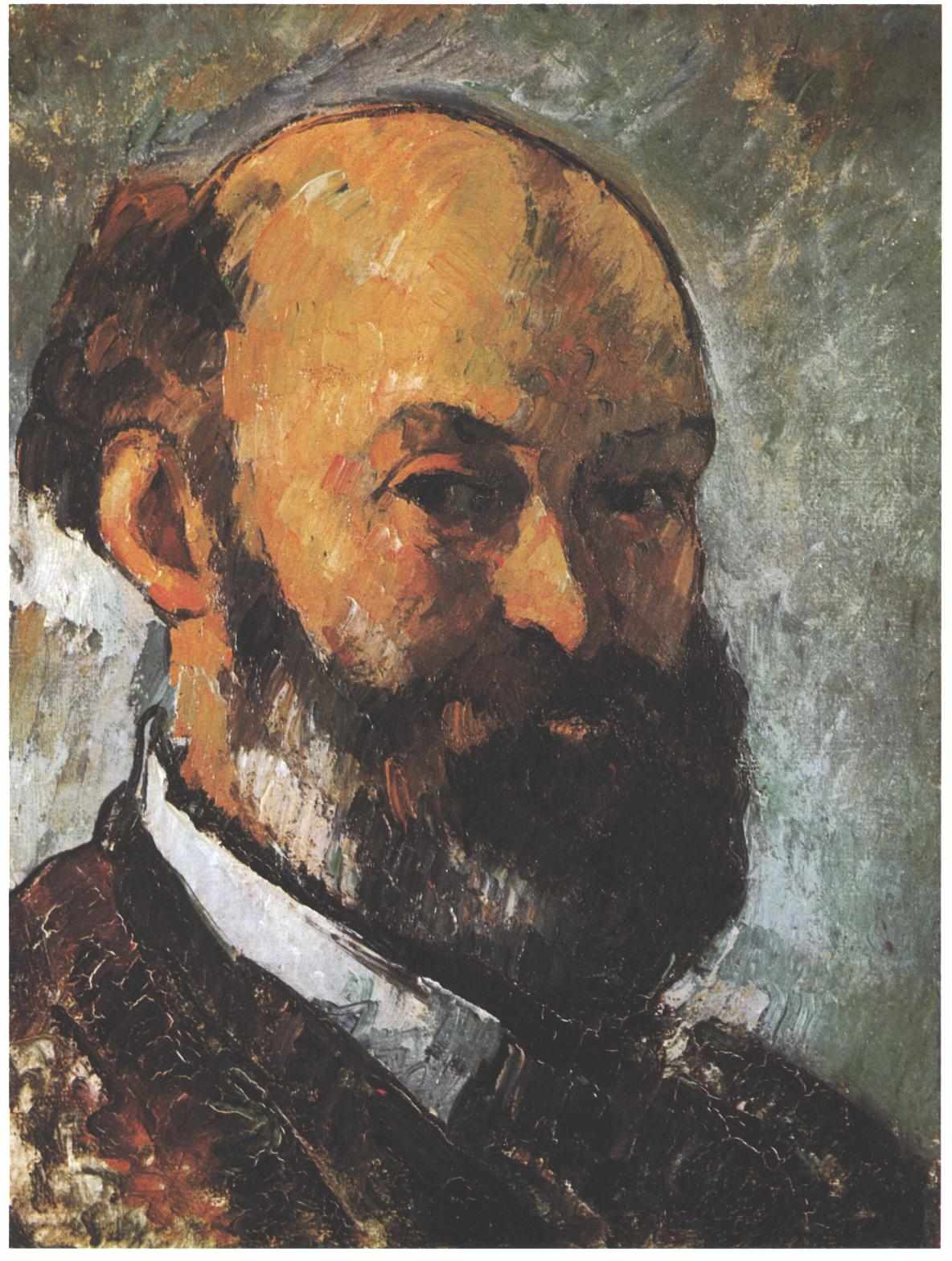A skull is a classic art "vanitas" motif. This Latin word means "vanity" and loosely translated corresponds to the meaninglessness of earthly life and the transient nature of all earthly goods and pursuits. Working in isolation in the last decade of his life, Cézanne frequently alluded to mortality in his letters: "For me, life has begun to be deathly monotonous"; "As for me, I'm old. I won't have time to express myself"; and "I might as well be dead." His dramatic resignation to death informs a number of still life paintings he made between 1898 and 1905 of skulls. The inspiration for this might have been the death of his mother in 1897 who had been a protective and supportive influence on the artist.




The Three Skulls
oil on canvas • 34.9 x 61 cm
 Paul Cézanne
Paul Cézanne